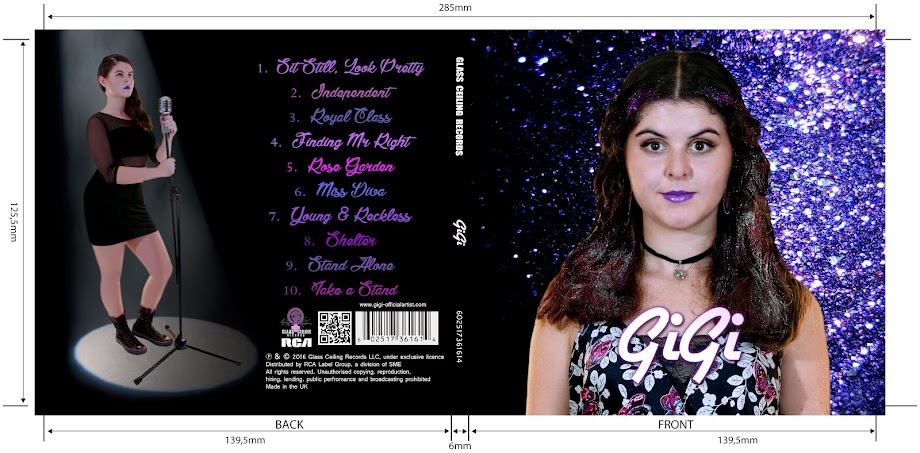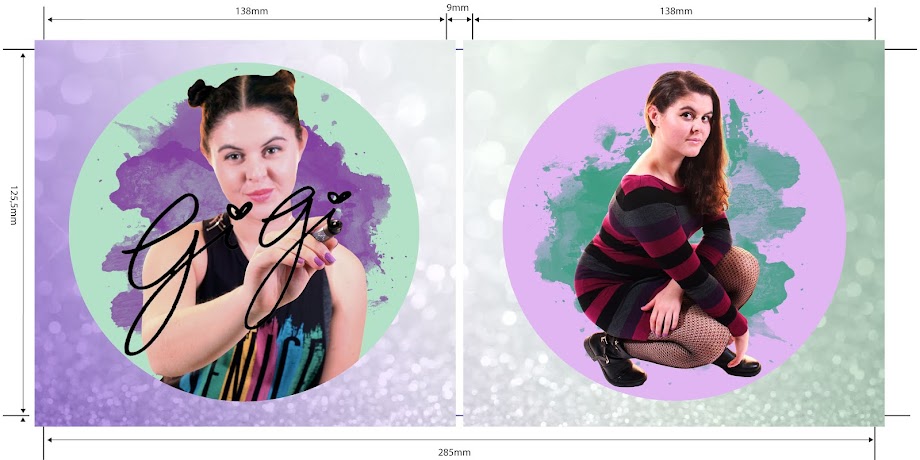For this task, our group attempted to record an accident in 6 shots. We tried to have narrative flow throughout the video so that events followed an order and made sense to the audience.
1. In our video, Gabriel's character (A) is walking down the corridor holding a stack of textbooks. My character (B) is on her phone, walking down the corridor towards him. At the corner, they bump into each other and A falls, dropping his textbooks and falling very dramatically. B continues to walk away, oblivious to the accident.
2. We attempted to create narrative flow by using many continuity techniques. We used cross cutting between two pieces of action. The first two shots were establishing wide shots of A and B walking down the corridor towards each other. For shot 3, we used a master shot of the two characters together at the corner as A and B were previously shown individually. For shot 4, we jumped into the action by zooming from a wide shot to a mid shot of A and B, keeping in mind the 180 degree rule and trying to avoid the 30 degree rule which would result in 'jumps' between the cut.
3. We were close to achieving full continuity. However, the last action in shot 3 did not match up with the action in shot 4 meaning that there was no match on action. Character B is further forward in shot 4 than she was in shot 3. Character A had already passed the sockets on the wall in shot 3, but in shot 4, he has not reached the sockets yet. Another issue is that in shots 4 and 5, character A is seen falling twice, which was a result of us not being able to stop recording in time. These are both examples of continuity errors as it disrupted the narrative flow.
4. In hindsight, I would have made the transition from shot 3 to shot 4 smoother by marking points on the floor to signify where the characters should be standing at the beginning of the shot. This would mean that the characters would be in the same position as they were in the last shot and the audience would not be confused by the irregularity in the scene. I would also change shots 1 and 2 so that the characters are not walking towards the camera because this doesn't represent the direction that they are walking it. In our video, they are walking towards the camera, making it seem like they are both walking in the same direction. In shot 1, I would position the camera on Gabriel's left and show him walking to the left of the frame. In shot 2, I would position the camera on my right and show my character walking to the right the frame. This would make it easier for the audience to follow the events as the sense of direction would be clearer.
1. In our video, Gabriel's character (A) is walking down the corridor holding a stack of textbooks. My character (B) is on her phone, walking down the corridor towards him. At the corner, they bump into each other and A falls, dropping his textbooks and falling very dramatically. B continues to walk away, oblivious to the accident.
2. We attempted to create narrative flow by using many continuity techniques. We used cross cutting between two pieces of action. The first two shots were establishing wide shots of A and B walking down the corridor towards each other. For shot 3, we used a master shot of the two characters together at the corner as A and B were previously shown individually. For shot 4, we jumped into the action by zooming from a wide shot to a mid shot of A and B, keeping in mind the 180 degree rule and trying to avoid the 30 degree rule which would result in 'jumps' between the cut.
3. We were close to achieving full continuity. However, the last action in shot 3 did not match up with the action in shot 4 meaning that there was no match on action. Character B is further forward in shot 4 than she was in shot 3. Character A had already passed the sockets on the wall in shot 3, but in shot 4, he has not reached the sockets yet. Another issue is that in shots 4 and 5, character A is seen falling twice, which was a result of us not being able to stop recording in time. These are both examples of continuity errors as it disrupted the narrative flow.
4. In hindsight, I would have made the transition from shot 3 to shot 4 smoother by marking points on the floor to signify where the characters should be standing at the beginning of the shot. This would mean that the characters would be in the same position as they were in the last shot and the audience would not be confused by the irregularity in the scene. I would also change shots 1 and 2 so that the characters are not walking towards the camera because this doesn't represent the direction that they are walking it. In our video, they are walking towards the camera, making it seem like they are both walking in the same direction. In shot 1, I would position the camera on Gabriel's left and show him walking to the left of the frame. In shot 2, I would position the camera on my right and show my character walking to the right the frame. This would make it easier for the audience to follow the events as the sense of direction would be clearer.
From the shots that we took, I would also have edited it to be more concise so that we don't see the awkward lingering moments at the beginning and at the end of the shots. Here is an edited version of our accident in 6 shots:



No comments:
Post a Comment